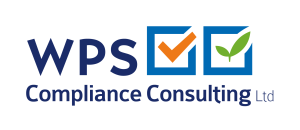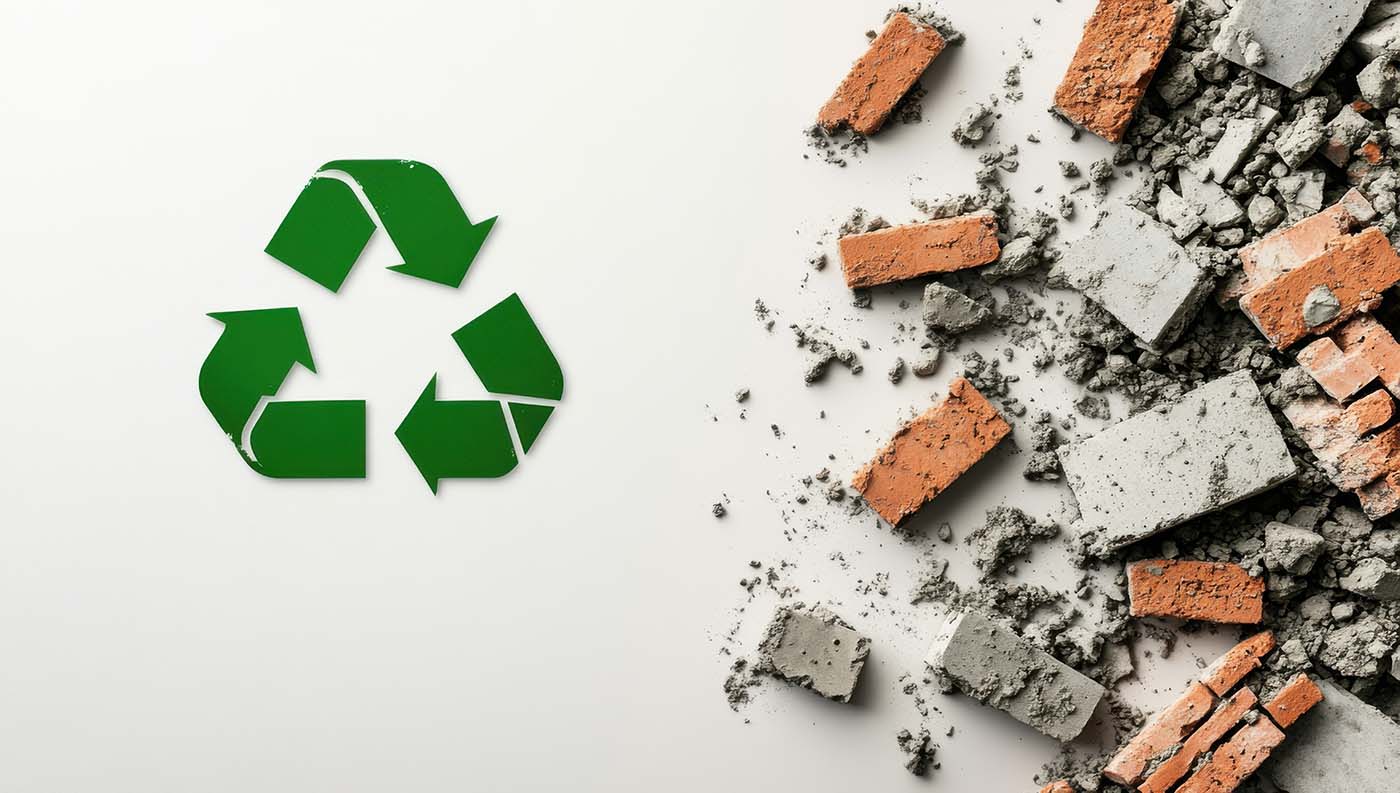Waste production on a construction site is unavoidable, reduction strategies as well as management techniques are fundamental for waste management. The waste on-site is produced through various works such as demolition, construction and renovation, that generate various types of waste, including non-hazardous and hazardous waste. Hazardous waste contains substances that are harmful to the environment and/or human health; it has the potential to leach toxic elements into the ground, water and air if the waste is taken to landfill and is poorly managed. Resulting in high Carbon Dioxide (CO₂) emission levels and can take hundreds of years to break down in a landfill if the waste is not biodegradable.
Facts and Figures:
Annually, waste from construction, excavation, and demolition accounts for approximately 62% of all UK waste generated. Approximately 5 million tones of construction waste is sent to landfill every year, which highlights the importance of implementing waste management strategies that ultimately divert waste from landfill. The construction industry is responsible for 50% of landfill waste, 40% of water pollution, and 23% of all air pollution. A huge percentage of the world’s natural resources are consumed by the industry, including 25% of all new wood produced annually.
Waste Management Strategies:
A Site Waste Management Plan (SWMP) helps to minimise waste on-site by stating waste forecasts, waste minimisation strategies, proposed actions, how to spread education and awareness and what waste can be diverted from landfill. Implementing a SWMP is fundamental in managing waste on a construction site. By diverting waste from landfill, through promoting reuse and recycling, waste reduction can be achieved.
Waste carriers should have a license with a Certificate of Registration under the Waste (England and Wales) Regulations (2011) by the Environment Agency (EA). It is a legal requirement for waste disposal companies to provide a Waste Transfer Note (WTN), when moving waste off the premises. WTN’s need to be kept for a minimum of 2 years before it can be destroyed; these notes can be requested by a Local Authority or the EA.
Key Aspects:
- Waste Segregation
- Material Selection
- Safe Waste Storage and Handling
- Waste Removal by Licensed Carriers
- Education and Awareness
- Reduce Packaging Waste
- Prioritise Re-Use and Recycling
How Can WPSCC Help?
At WPSCC, we are experts in waste. Using our exclusive, self-developed site resource management software, SitePlan, we have been producing SWMPs/SRMPs for more than a decade. With a range of cost-effective, flexible process options available, we can always find a methodology to suit your individual needs. SitePlan will forecast waste arisings, provide opportunities for waste minimisation, and report waste and carbon generation, all in one place. It will also automatically calculate BREEAM credits based on floor area and waste volumes.
Call us NOW on 01604 859961, or email [email protected] to ask our advice / guidance.
References:
How to Reduce Waste in Construction | Business Waste
How To Reduce Waste On A Construction Site | Bailey’s Skip Hire
News – Construction Site Waste: A guide to effective waste management – City Hire
Construction Waste Disposal | Different types, managing & reducing waste


